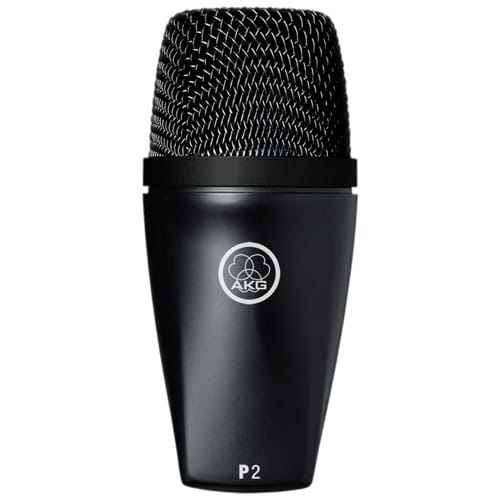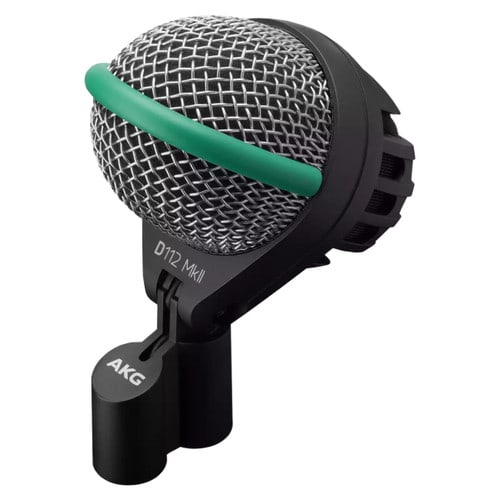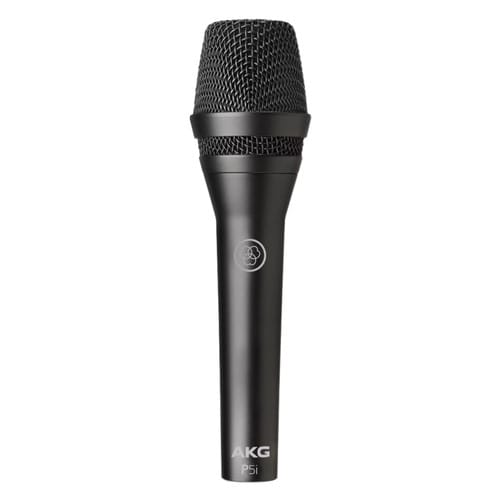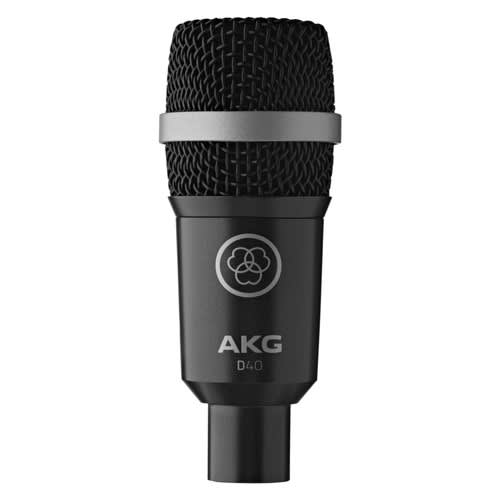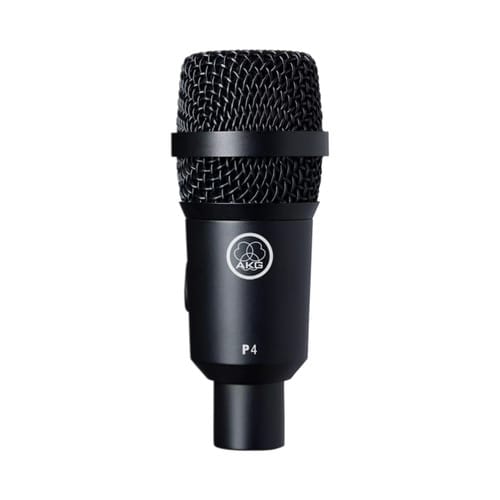Get profound, high-energy, low-end sound when you mic your kick drums, trombones, and bass amps with the AKG Perception P2 dynamic bass microphone. This high-performance microphone delivers on all your bass needs without capturing unwanted sounds - it has a cardioid polar pattern to reduce feedback and crosstalk that can come from other instruments behind the mic.
The features of the P2 bass microphone come protected in a durable, all-metal housing so it can withstand the tough conditions of being on the road. An integrated stand adapter makes the microphone easy to handle and set up. A carrying case is also included for extra safety during transport and storage.
AKG P2 Features
- Powerful sound with profound bass range
- High-performance capsule
- Built-in hum compensation coil
- Rugged wire-mesh cap and sturdy die-cast metal body
- Integrated stand adapter
- P2 Microphone1
- Microphone Bag1
- Transducer TypeDynamic
- Polar PatternCardioid
- Frequency Response20 Hz - 16 kHz
- Output Impedance400 ohms
- Sensitivity2.3 mV/Pa
- Connectorbalanced 3-pin XLRM
- Housingmetal construction with stage black finish
- Dimensions
- Length: 5.11"
- Height: 5.12"
- Diameter: 2.36"
- Net Weight: 14.1 oz (400 g)
About Dynamic Microphones at Sound Productions
If you’re looking for an all-purpose, heavy-duty microphone, look no further than a dynamic microphone. Equally outstanding in both the studio and live on stage, dynamic mics are an affordable, versatile, and classic option for nearly every miking application. Popular uses include live performances, studio recordings, man-on-the-street style interviews, as well as podcasts that aim for a professional “radio voice” polish.
Dynamic microphones work using a coil attached to a magnet. When sound waves cause the coil to vibrate up and down against the magnet, an electromagnetic current is induced; in simple terms, this turns the sound into an electronic signal to be channeled into a recorded version or—in the case of live sound—into a speaker to distribute the sound to the audience.



